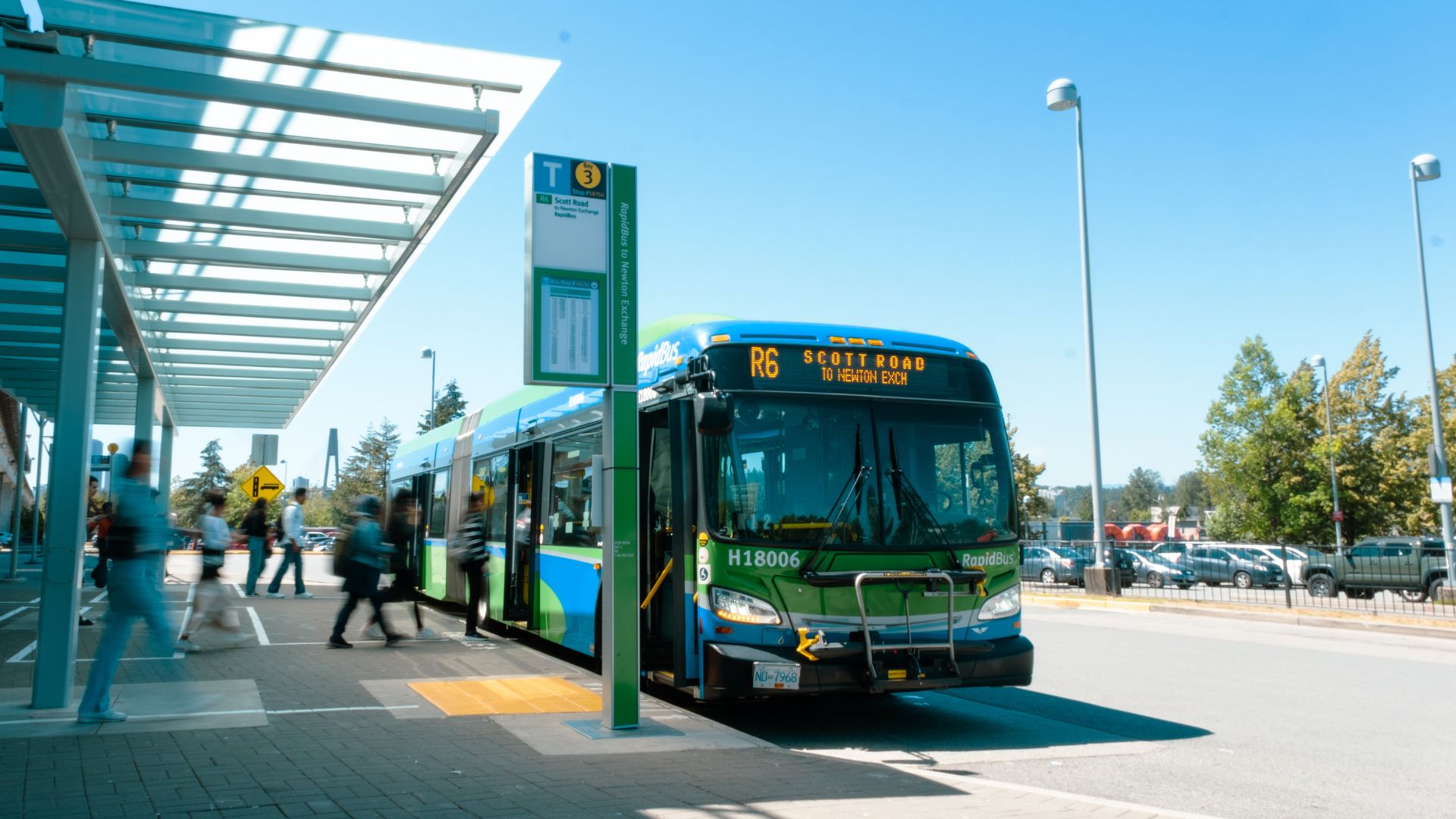
For years, CMBC relied on a manual, paper-based system for recording vehicle faults, requiring drivers to fill out Bad Order (BO) and Pre-Trip cards by hand. This process consumed approximately 110,000 labor hours per year, placing a significant burden on drivers, maintenance staff, and administrative teams. Thousands of handwritten forms
circulated daily, leading to inefficiencies, delays, and data entry errors. Managing these reports required the equivalent of three full-time employees, highlighting the need for a more streamlined approach. The project team identified key areas for improvement to modernize the system.
The traditional BO journey line involved multiple manual steps, from problem identification, solution, typing, to filing. These forms traveled through various hands, including maintenance staff and administrators, before being typed into the EAM system. This labor-intensive process created bottlenecks and inefficiencies at every stage.

To address these challenges, CMBC procured INIT’s digital Pre-Trip Inspections software to seamlessly integrate with its onboard data terminals and EAM system. The goals? To improve efficiency in reporting and maintenance of the fleet and to optimize the agency‘s resources.
CMBC‘s Pre-Trip Inspection software will be accessible via the drivers‘ onboard mobile data terminal allowing them to quickly inspect and digitally record any vehicle faults.
CMBC’s transition to digital pre-trip inspections is expected to transform its BO card reporting process and address longstanding challenges in time, labor, and accuracy. By automating workflows and integrating with the EAM system, the solution will not only streamline operations but also enhance the organization’s ability to deliver reliable transit services. This case demonstrates the power of digital tools in improving efficiency, reducing costs, and driving sustainability in public transportation.